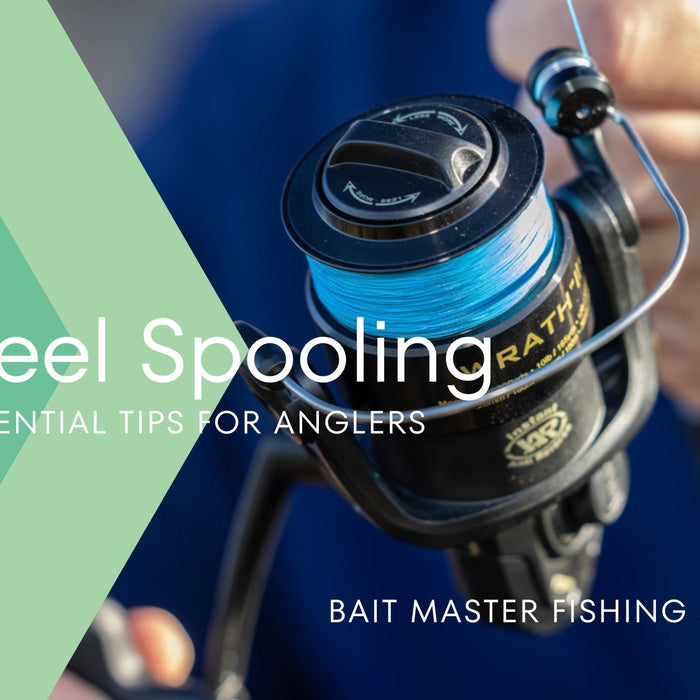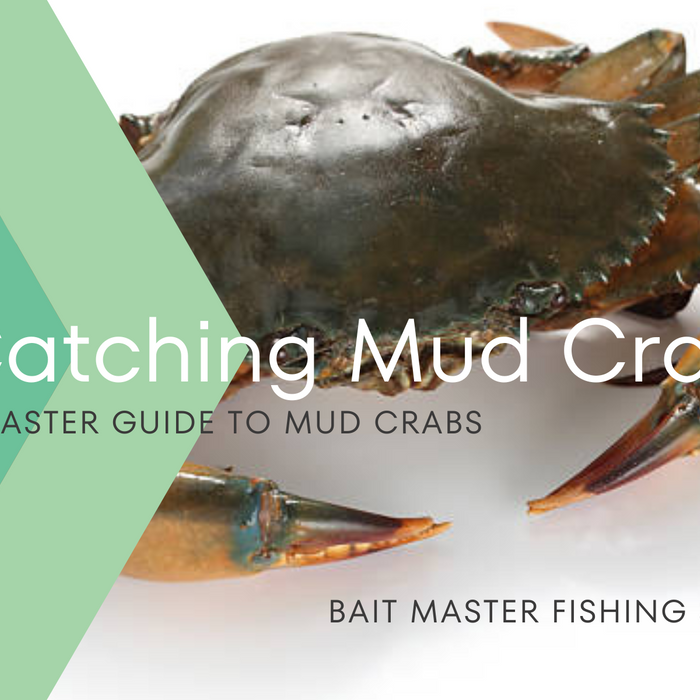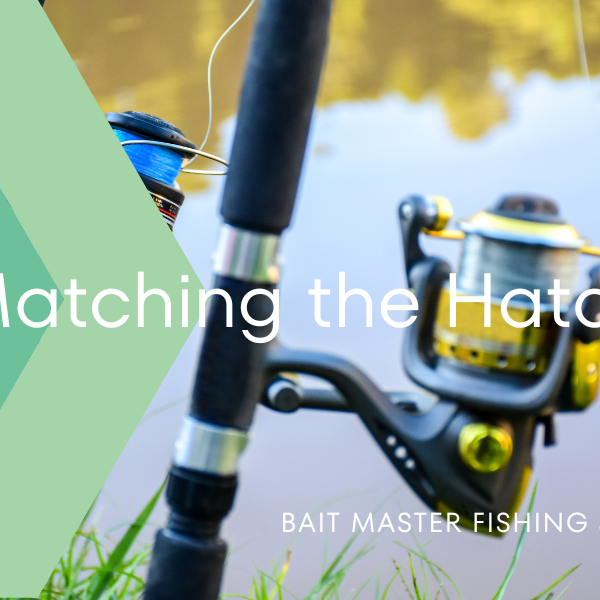
Free Shipping over $80*
On orders over $80*

Angling success often hinges on the spooling of your reel. The choice between monofilament and braided lines is crucial, affecting everything from casting to landing the catch. This guide dives into the specifics of spooling different reel types with these line options, detailing their pros, cons, and best practices.
Monofilament is a single-strand, nylon-based line favored for its stretch, forgiveness, and buoyancy, making it ideal for topwater lures. However, its tendency to absorb water and UV damage, along with memory issues, are notable downsides. When spooling, ensure the line comes off the spool in the same direction it’s loaded onto the reel to minimize line twists. Keep tension moderate and stop spooling when you're about 2-3mm from the spool's lip to avoid overfilling.
Pros:
Cons:
Spooling a Spinning Reel with Monofilament Line
Step 1: Open the bail of your spinning reel.
Step 2: Run the end of your monofilament line through the first guide on your rod and then tie it to the spool. An arbor knot is typically recommended.
Step 3: Close the bail and apply tension to the line either by holding it between your fingers or using a cloth.
Step 4: Begin reeling slowly, ensuring the line is evenly distributed across the spool. Fill the spool until there’s about a 1/8-inch gap from the rim.
Braided lines are known for their strength, no-stretch quality, and thinner diameter, allowing more line on the spool. They are less visible in clear water, however, and their slick surface requires specific knots. To prevent braid slippage, back the reel with monofilament or use thread tape. When spooling, maintain consistent tension and leave a 1-2mm gap from the spool's edge.
Pros:
Cons:
Spooling a Spinning Reel with Braided Line
Step 1: If your reel doesn’t have a rubber gasket, start with a monofilament backing to prevent slippage. Tie the mono to the spool and reel until the spool is covered.
Step 2: Connect the braided line to the monofilament using a double uni knot or similar connection.
Step 3: Spool the braided line under moderate tension, ensuring even distribution across the spool. Stop spooling when you’re about 1/8-inch from the spool rim.
Baitcasters work well with braided lines due to their accuracy and control. They typically require less backing, but it’s important to ensure even line distribution across the spool, using the level wind mechanism. Aim for a 1-2mm gap from the spool's edge.
Spooling a Baitcasting Reel with Braided Line
Step 1: If needed, add a monofilament backing using the same method as for spinning reels.
Step 2: Tie the braided line to the backing with a strong knot, like the double uni.
Step 3: Begin spooling, ensuring the line is laid evenly across the spool. Use the reel’s level wind mechanism to assist. Leave a 1-2mm gap from the spool’s edge.
Overhead reels, commonly used in game fishing, can be spooled with either line type. Monofilament’s stretch is beneficial when battling large fish, while the thin diameter of braided lines offers more capacity on the reel. For both types, avoid excessive tension and leave a 2-3mm gap from the spool’s edge.
Spooling Overhead Reels with Monofilament or Braided Line
Step 1: For monofilament, start by tying the line to the spool. For braided lines, use a monofilament backing if required.
Step 2: Spool the line under moderate tension, guiding it evenly across the spool. This is especially important for non-level wind reels.
Step 3: Stop spooling when there’s a 2-3mm gap from the edge of the spool.
Mastering the spooling technique with the right line type can significantly enhance your fishing experience. Whether it's the elasticity of monofilament or the resilience of braided lines, understanding their unique characteristics will prepare you for various fishing scenarios. Remember, the key to successful spooling is maintaining the right tension and ensuring the reel is not overfilled.
General Tips:







Leave a comment